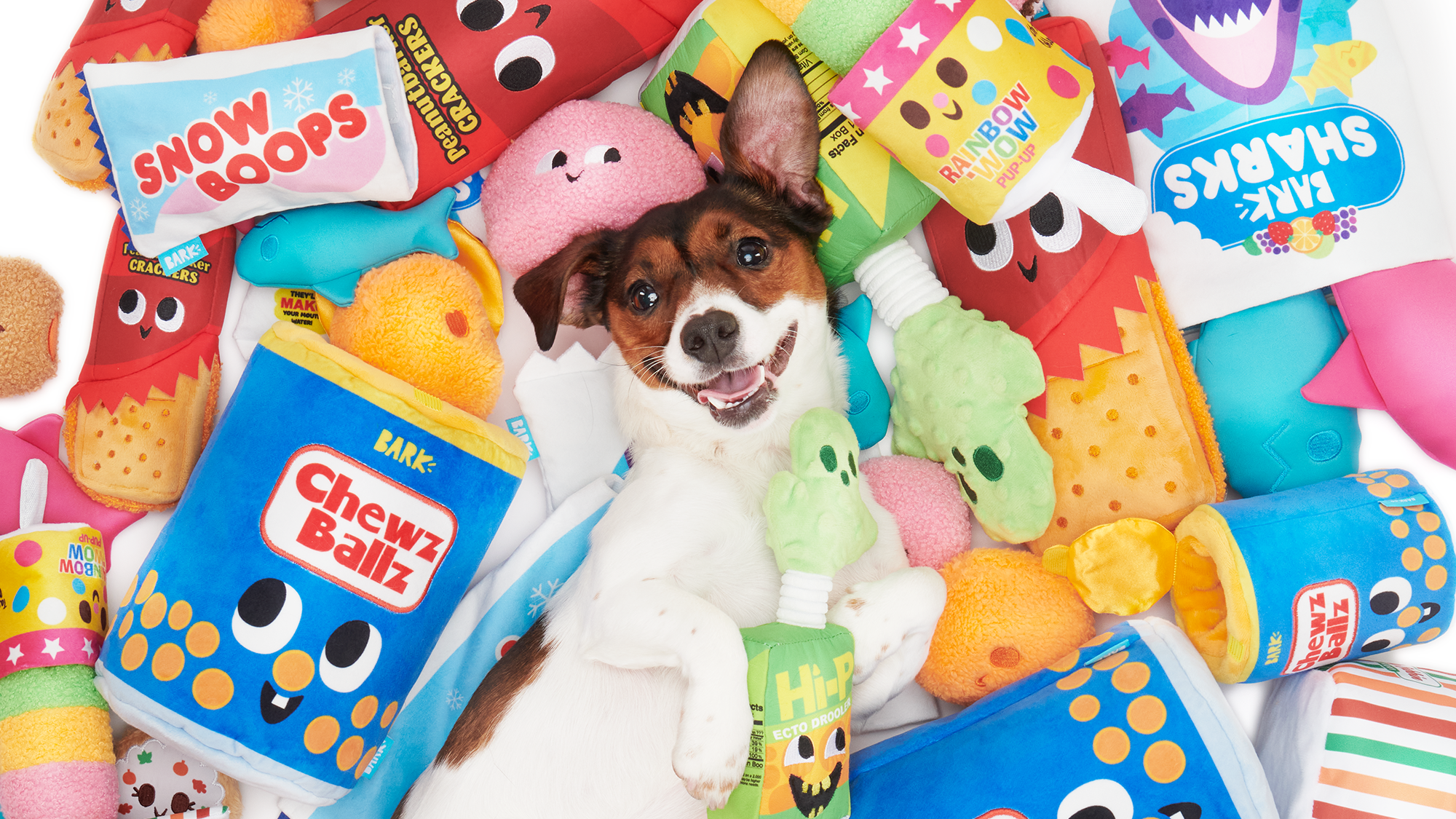Try this expert-approved formula to boost your rescue dog’s happiness
Here’s how to help your rescue pup settle in and become a happy, healthy dog

Adopting a rescue dog for the first time can be a real learning curve, and it can be difficult to know if you’re getting things right or wrong.
But even the most experienced dog parents can struggle, and every dog is different so there’s no hard and fast guide. The best dog toys for one pup could leave another canine totally uninterested – you just never know.
There are so many things experts want you to know before adopting a rescue dog, but if you’d like to maximize the chances of keeping your rescue dog happy, expert behaviorist Dr Tom Mitchell has teamed up with the experts at dog food brand Harringtons to share his formula for a happy dog.
He says, “There’s no one-size-fits-all when it comes to happiness. Every dog is unique, and as their owner, you know them best. Think of this formula as your toolkit, ready to be tweaked to suit your dog’s personality and lifestyle.”
So, let’s dive in.
How to make sure a rescue dog is happy
1. Practice calm settling
Dogs need calm, so create a quiet room with their favorite blanket, some chew toys, and gentle background music – try classical. They should be calm and settled for around 60% of the day, ideally.
2. Ensure plenty of sleep
Dogs need a lot of sleep – encourage them to get at least 10 hours a day by rewarding them for good sleep choices and setting up a cozy sleep space for them. Again, calming music can be a great idea, too.
Get the best advice, tips and top tech for your beloved Pets
3. Provide balanced nutrition
There’s evidence that your dog’s gut microbiome is involved in the creation of the brain chemicals that cause happiness, so a diet rich in prebiotics is ideal, as long as it’s high in meat and natural ingredients too. Here's how to improve dog gut health for more information.
4. Make time for regular play sessions
Dr Tom recommends 30 minutes of play in six five-minute bursts. Play is shown to improve learning and reduce stress, so why not have some fun with your pup? Try tug of war, hide and seek, interactive puzzles, an obstacle course, or simply teach some new tricks.

5. Give lots of love and affection
At least 20 minutes of quality time petting your dog or having cuddles is important, but the more the better! Keep an eye out for signs that your dog is enjoying the interaction by looking at their body language, and move away every so often – if they’re enjoying it and don’t want you to stop, they’ll let you know.
6. Ensure at least an hour of movement
An hour or two of movement be it through walks, games, or just running around the yard, is needed to help keep dogs happy.
7. Provide enjoyable enrichment
Enrichment helps your dog’s behavior improve and keeps them happy, too. Use puzzle toys and snuffle mats to challenge them – even a new walking route can help keep their mind sharp.
8. Daily social interaction: You don’t need us to tell you that dogs are rather social creatures. Many of them prefer human company, too, so even if your dog is a bit wary or reactive around other canines, they’ll be more than content with human interaction. They want to spend time with you and the other humans in their life.
9. Daily training: Dr Tom recommends four three-minute sessions each day to help keep your pup happy – why not try name training, leash training, or confidence training?
“The best thing about this formula,” Dr Tom explains, “is that it’s completely flexible. Each component can be tailored based on your dog’s individual personality and their likes and dislikes! You know your dog better than anyone, and this gives you the tools to shape a life full of tail wags, calm evenings, and joyful adventures.”
Read next: I’ve had my rescue dog for six months, here are six things I’ve learned

Adam is a freelance journalist specialising in pets, music and culture, and mental health and wellbeing. He investigates and writes the large majority of news on PetsRadar, and collaborates with veterinary experts to produce informative pet care content.
Adam has a journalism degree from Southampton Solent University and a masters degree in Magazine Journalism from Cardiff University. He was previously senior editor at dog advice website DogTime.com, and has also written for The Independent, GoodToKnow and Healthline.
He owns two rescue cats, Bunny and Dougie, and has also previously had a rabbit, fish and Roborovski dwarf hamsters.
